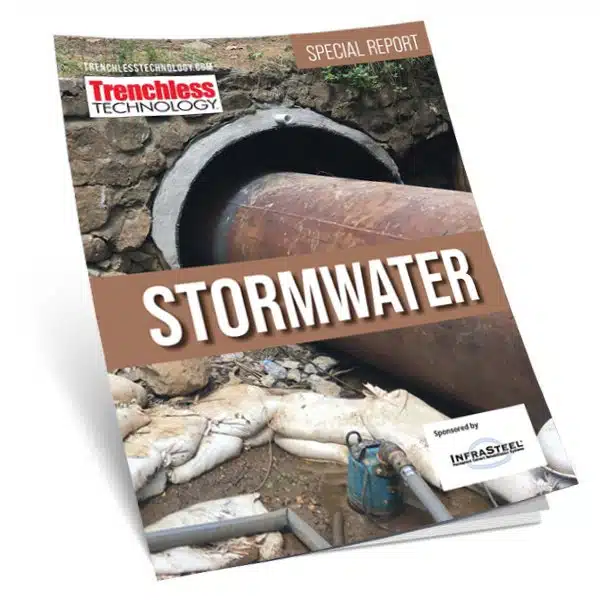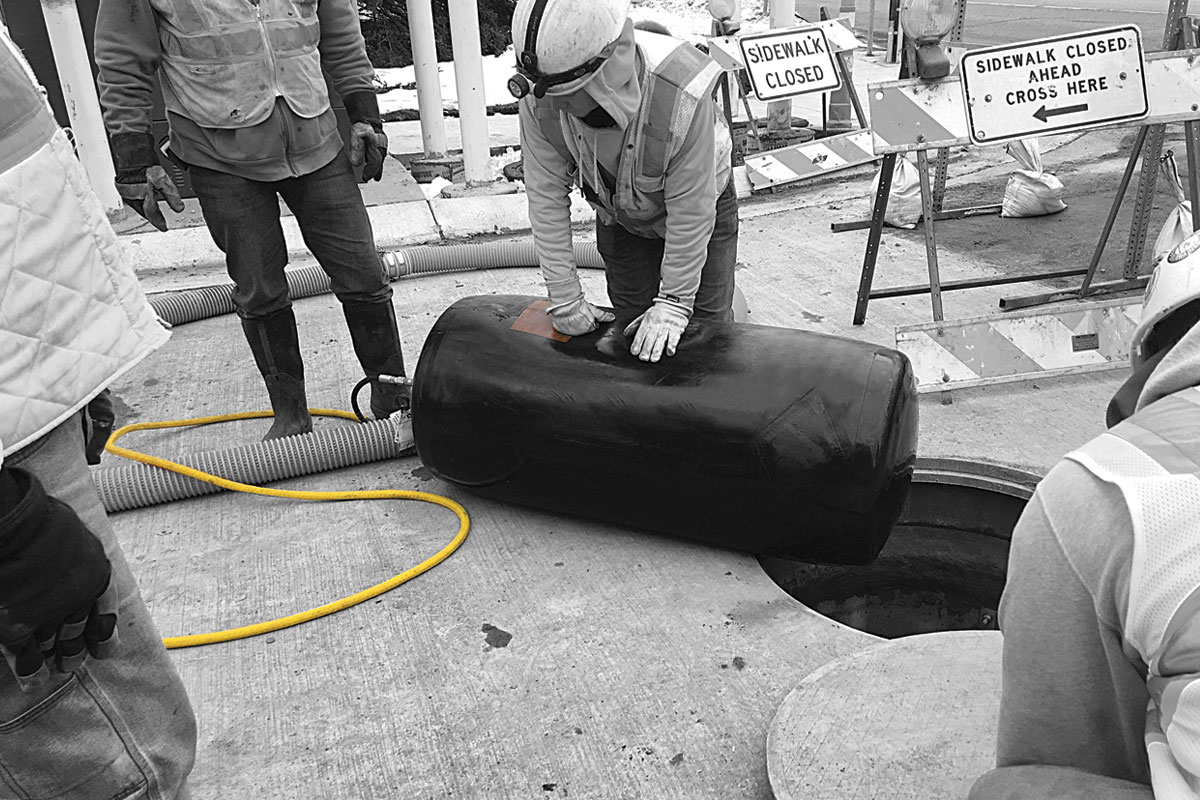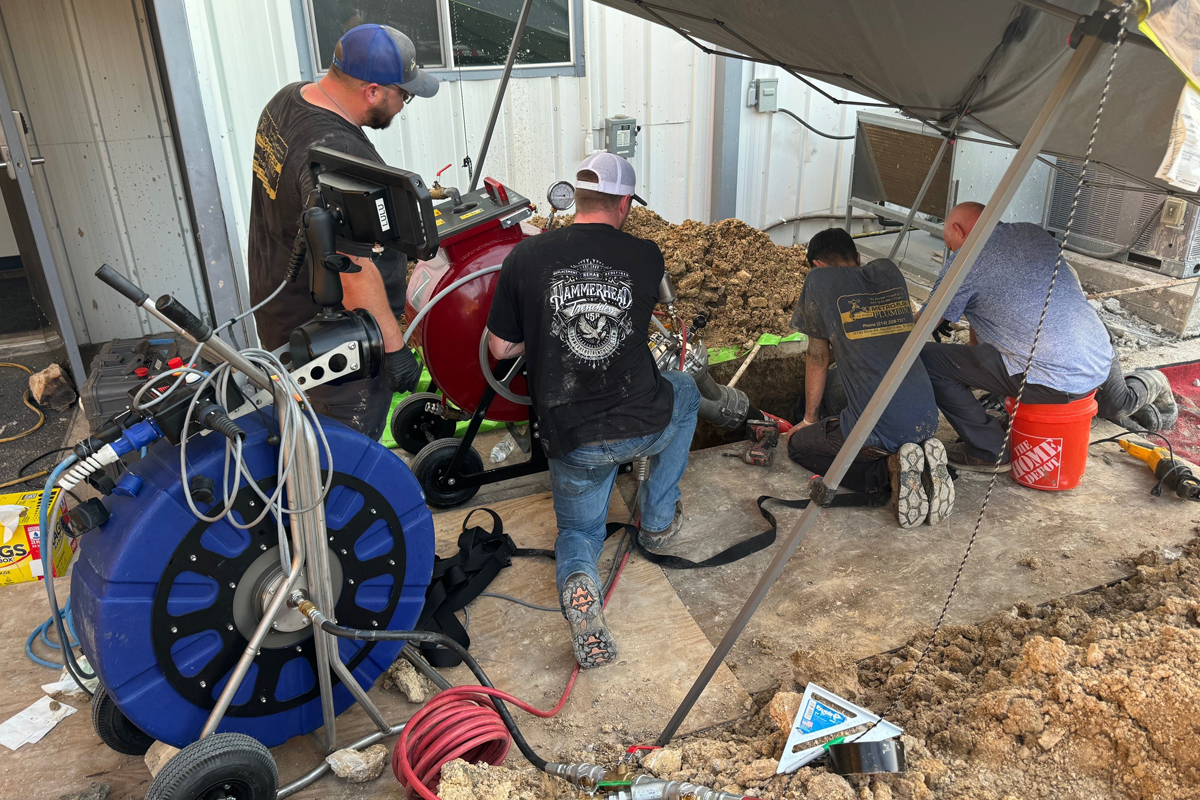
Special Report: Stormwater
Trenchless Technology’s Stormwater Special Report focuses on the critical need for attention to aging stormwater systems, which are increasingly vulnerable to failure due to age and the intensifying impacts of climate change. The report features insights from industry experts who highlight the current state of stormwater infrastructure, the challenges posed by deteriorating culverts, and the opportunities for using trenchless technology to address these issues.
Key articles explore the evaluation of hydraulic capacity in culvert rehabilitation, the importance of proactive maintenance, and case studies such as the Malcolm Tweddle & Edith Rogers Sewer Improvement Initiative, which demonstrates successful flood mitigation through advanced trenchless techniques. The report underscores the urgency of investing in stormwater systems to prevent failures that can lead to significant public safety risks and economic losses, advocating for the use of innovative, less disruptive trenchless methods to maintain and improve these essential infrastructure assets.
Overall, the special report serves as a crucial resource for industry professionals, providing practical knowledge and strategies for addressing the growing challenges in stormwater management.

See What’s Inside!
A Stormy Education: More Attention Needed to Address Failing Stormwater Systems
Stormwater systems are a critical infrastructure asset, but they aren’t getting the attention and care they deserve. Trenchless Technology called upon two industry experts to provide an overview of the stormwater market, looking at its status and the challenges and opportunities therein. By Bradley Kramer
Hydraulic Capacity: An Evaluation of Rehabilitation & Design Characteristics
This article will explore the common factors that determine culverts hydraulics, and the positive impact inlet control measures will have when implementing trenchless rehabilitation solutions. By understanding the hydraulic conditions that influence culvert performance, designers and maintenance engineers can utilize economical techniques to satisfy various engineering requirements. By Alex Sherrod
Malcolm Tweddle & Edith Rogers (MTER) Sewer Improvement Initiative
After multiple major flooding events over a 20-year period for the community of Millbourne, it became a priority for the City of Edmonton to advance flood mitigation measures in the area. The project was initiated with the objective of reducing the risk of flooding during high-intensity, low-frequency rainfall events. By Sharon M. Bueno
How to Determine the Level of Deterioration of Your Culvert
The key aspects of determining the level of deterioration of your culvert include a discussion of three primary inspection methods used to assess pipe conditions: visual inspection, closed-circuit television video (CCTV), and laser profiling. By Rian A. McCaslin
What to Know about Culverts and Grouting
According to the Federal Highway Administration, there are approximately 110,000 tunnels and culverts that serve U.S. highways, many of which are experiencing some degree of reduced functionality due to lack of maintenance or rehabilitation. So, what are our obligations to restore or repair the current state of our culvert infrastructure network?
By Jessica Williams and Jacob Swanson
Sponsored by:





